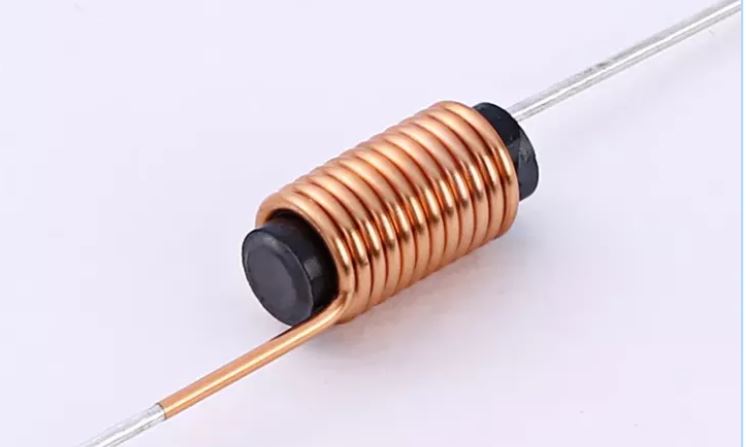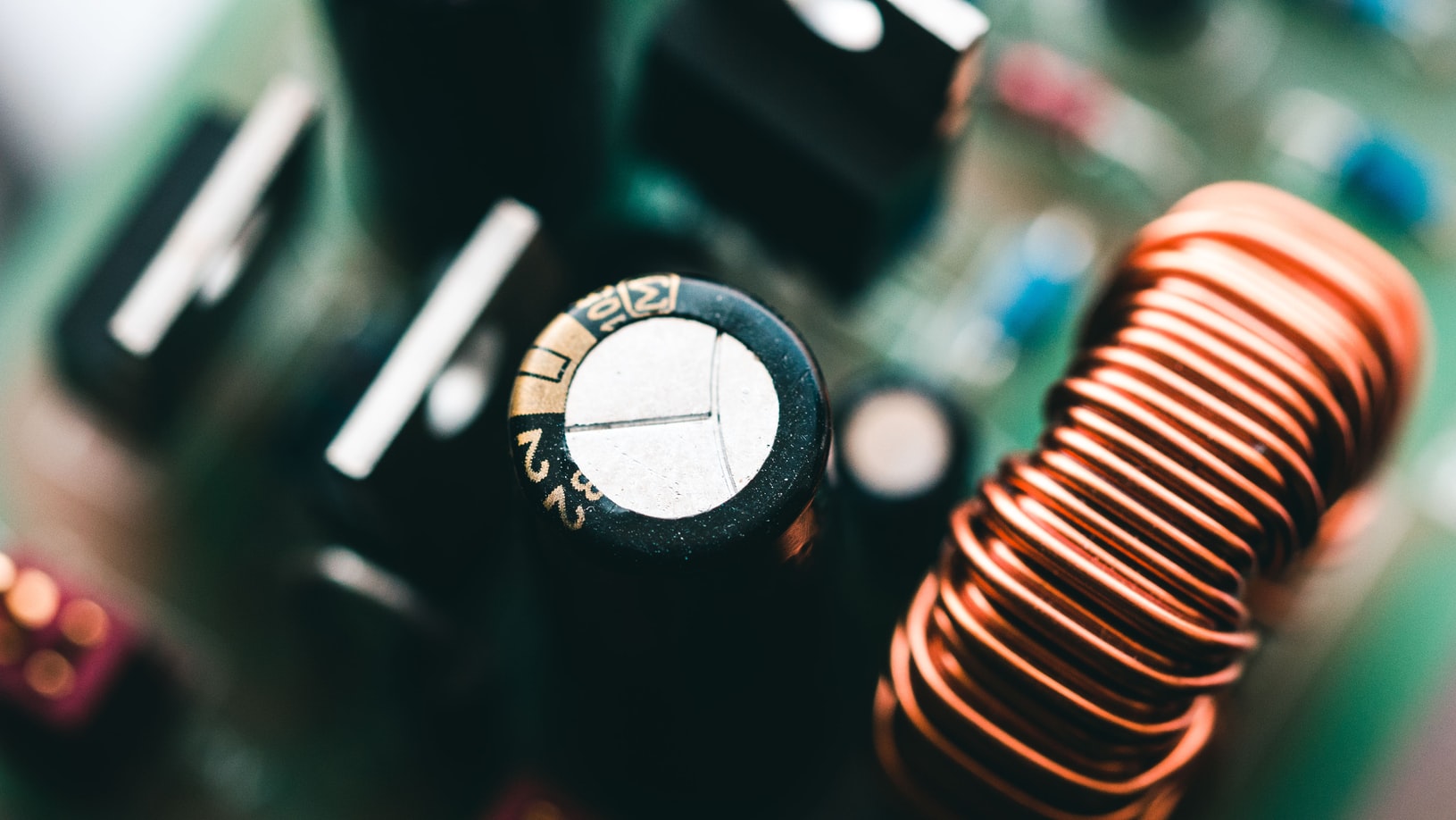Definition of Inductor
The components that can produce inductance are collectively referred to as inductance elements. We usually call it inductor for short.
Function
Blocking AC and DC, blocking high frequency and low frequency (filtering).
Classification of Inductors
a. According to the nature of the permeable magnet: air core coil, ferrite coil, iron core coil, copper core coil.
b. Classified according to the nature of work: antenna coil, oscillation coil, choke coil, trap coil, deflection.
c. The winding structure is classified as: Single-layer coil, multi-layer coil, and honeycomb coil.
d. Classified according to the form of inductance: fixed inductance coil, variable inductance coil.
In addition, it is often divided into JEPSUN high-frequency inductors, power inductors, etc. according to the operating frequency and overcurrent.
The Main Parameters of the Inductor
Inductor performance parameters The basic parameters of inductors include inductance, quality factor, inherent capacitance, stability, amount of current passed and frequency of use, etc.
(1) Nominal Inductance
It refers to the size of the inductance marked on the inductor. It is a representation of the basic features of the coil. It mainly depends on the number of turns, structure, and winding method of the coil, and has nothing to do with the current. It reflects the ability of the inductor coil to store magnetic field energy, and also reflects the ability of the inductor to generate induced electromotive force when the current is changed. The unit is H.
(2) Allowable Error
The maximum allowed deviation range that is the inductance of an inductor in relation to the nominal value is known as the allowed error.
(3) Inductive Resistance
The size of the inductance coil's hindering effect on the alternating current is called the inductive reactance XL. The unit is the ohm. Its relationship with inductance L and alternating current frequency are XL=2nfL.
(4) Quality Factors
It is a physical measurement Q of the coil's mass. The Q value is the ratio between the inductive reaction of XL and its resistance equivalent, which is Q-XL/R. The greater it is the value for the coil's Q, the less the loss to the loop. This value is correlated with its DC resistance to the wire as well as the loss due to the medium of the steel skeleton, the shielding covering and the iron core, and the effect on the skin's high frequency. A coil's Q ranges generally between ten and one hundred.
(5) Rated Current
Rated current refers to the working current that can ensure the normal operation of the circuit.
(6) Nominal Electricity
(7) Distributed Capacitance (Parasitic Capacitance)
Marking Method of Sense and Error:
a. Direct Standard Method
The main parameters such as the inductance, allowable error, and maximum working current of the inductor are directly marked with numbers and text on the shell of the inductor.
b. Color Code Method
Same as the resistance standard method.
Inductor Structure Characteristics
Inductors typically consist of skeletons, windings packaging materials, shields magnetic cores, and iron cores.
1. Skeleton
The term "skeleton" generally refers to the stent where the coil will be wound. There are larger fixed inductors as well as flexible inductors (such as oscillating coils choke coils or choke coils.). It's the enameled wire around the skeleton and then the magnetic core iron core, copper core is inserted into the cavity inside the skeleton. This may boost the inductance. The skeleton is typically comprised of bakelite, plastic ceramic, or bakelite, and may be constructed into various designs based on the actual requirements. Tiny inductors (such ones that use color codes) typically do not have a skeleton, instead, they directly connect the enameled wire to the core. Hollow inductors do not employ skeletons, cores, shields, or shields. They are made in a mold and later taken out of the mold. In the meantime draw a specific separation between each coil.
2. Winding
Winding is a term used to describe a set of coils that have a function It is the most fundamental element for an inductor. There are multi-layer and single-layer windings. There are two kinds of single-layer windings, close winding, and indirect winding. The multilayer winding is made up of random and flat winding. Multilayer winding comes with a variety of types of winding techniques, like layers of the flat winding method, random winding, or honeycomb winding.
3. Magnetic Rod and Magnetic
Magnetic rods and magnetic cores typically make use of Nickel-zinc Ferrite (NX series) or manganese-zinc-ferrite (MX series) and various other materials. It features "I" shape, column shape, hat shape "E" shape, and pot shape, etc.
4. Iron Core
The main material is permalloy, steel, and permalloy. Its form is generally "E" type.
5. Shield
To prevent the magnetic field created by inductors to interfere with the normal operation of other circuits or components, we have added the cover of a screen made of metal (such as the oscillation coil on the semiconductor radio.). Inductors with shielding cases can make it more difficult to remove the coil and decrease its Q.
6. Packaging Materials
After inductors (such as color code inductors or color ring inductors, etc.) are wound then the coils and their magnetic centers are sealed by packaging materials. Packaging materials are made of plastic or epoxy resin.
The Principal Function of an Inductor in the Circuits
1. Used for circuit tunings, such as tuning coils in radios and resonant coils of intermediate frequency transformers.
2. Used in oscillating circuits, such as oscillating coils in radios, and inductance coils in various LC oscillating circuits.
3. Used for blocking current filtering, such as LC filter inductor used for power supply filtering.
4. Resonant inductors used for frequency selection in bandpass and bandstop filters, etc.
More information on adjustable inductors is here!
https://www.easybom.com/blog/a/application-and-adjustment-method-of-the-adjustable-inductor




No comments yet